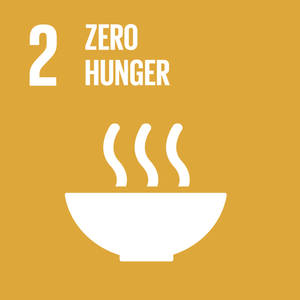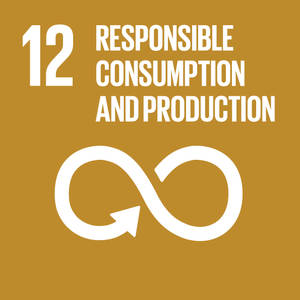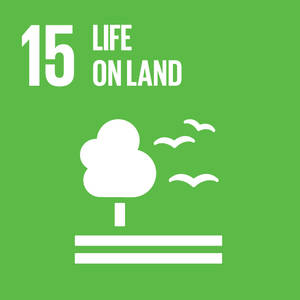What are NWFPs?
Non-wood forest products (NWFPs) are goods of biological origin other than wood derived from forests, other wooded land and trees outside forests. They may be harvested in forests and agroforestry systems and from trees outside forests. Examples of NWFPs are foods and food additives (e.g. edible nuts, mushrooms, fruits, berries, bushmeat, herbs, spices and condiments, aromatic plants, and insects), fibres (e.g. bamboos and rattans), and medicines, cosmetics and cultural products (e.g. resins, gums and dyes). The table gives additional examples of various NWFP categories.
Categories of NWFPs
Category | Examples of material | Examples of end use |
Food stuffs – plant-based | Fruits, leaves, vegetables, fungi, nuts/seeds, berries | Food, oils, drinks, colourings and dyes |
Food stuffs – animal-based | Food, trophies | |
Medicinal | Medicinal plants, herbs, spices | Medicine, flavourings, fragrances |
Animal fodder | Leaves, twigs | Fodder |
Fibres | Construction, crafts, paper, clothing | |
Latex, rubber, gums, resins, chemicals | Chemical raw materials |
NWFPs and SFM
NWFPs and SFM
Several million households of the world utilize and depend on NWFPs, primarily for nutritional, health and economic needs. It is estimated that 80 percent of the population in developing countries are utilizing NWFPs for these purposes in some way (FAO, 1997).
Most of them are women as it is they who collect and manage most NWFPs, even accounting for product, context and country.
In many countries, NWFPs are important components of forest product exports. Despite their real and potential value, however, most NWFPs are usually categorized as “minor” products of forests. NWFPs are often associated with traditional uses that are not widely known, or with poverty and subsistence. Transactions related to NWFPs largely take place in households and small-scale enterprises, mostly outside established marketing channels, thus forming part of an informal sector. For these reasons, NWFPs are often overlooked in forest management planning, leading to conflicts over resource use, for example where wood-harvesting interferes with the local production and harvesting of NWFPs.
The sustainable management of NWFPs, especially those occurring in natural forests, can be complex. Nevertheless, developing enterprises based on NWFPs can help increase the sustainability of forest management by increasing the range of forest benefits that accrue to local communities, who can often undertake gathering and processing activities themselves and consequently retain a greater proportion of the value of end-products, increasing their incentive to manage the forest sustainably. However, there are also examples of where the growth of markets for NWFPs has led to the degradation of forest resources or failed to help alleviate poverty or increase forest conservation (see Cases). Efforts to manage forests sustainably will continue to be hampered if NWFPs are not considered in forest management plans and practices and in regulations governing forest use. Forest managers need to understand the importance of NWFPs for the livelihoods of local communities and work with communities to promote the sustainable management of such products.
The sustainable management of NWFPs should take into account the interests of the various actors involved – such as local communities, the private sector, governments, traders and consumers – and ensure stakeholder participation in decision-making.
This is particularly true when it comes to women's involvement. Women are often excluded from decision-making processes on managing NWFPs, even though they are usually the people who are most affected.





